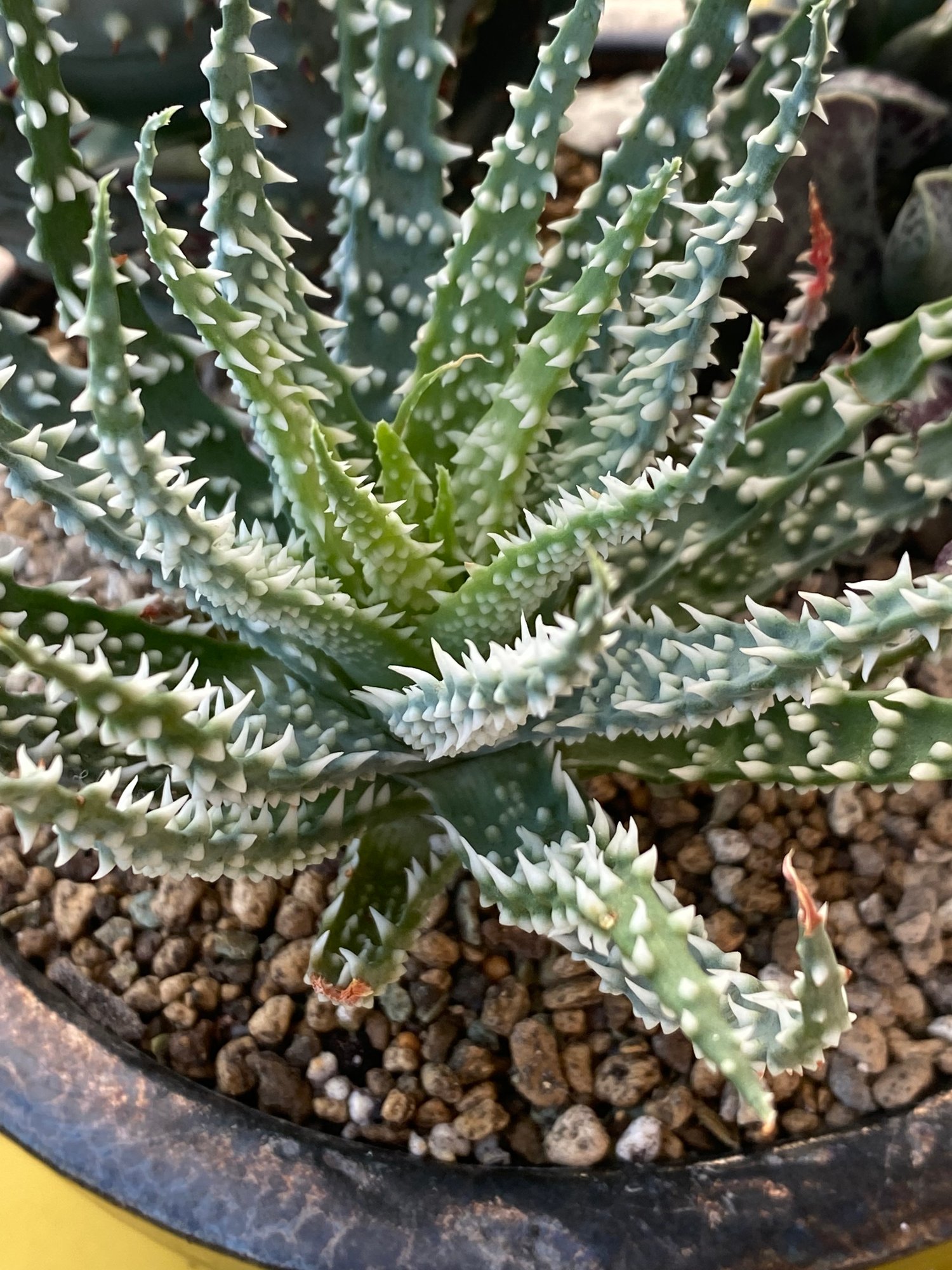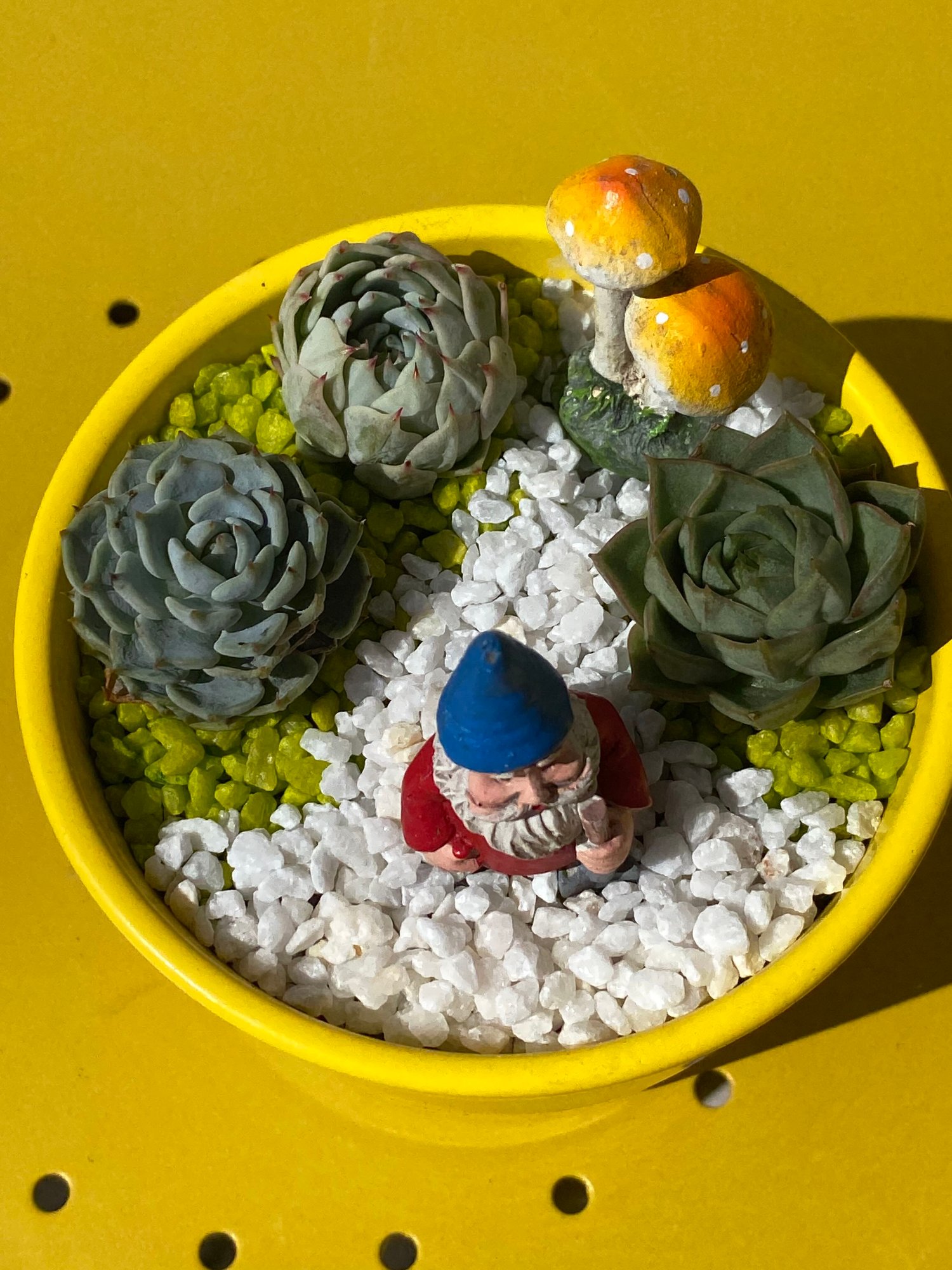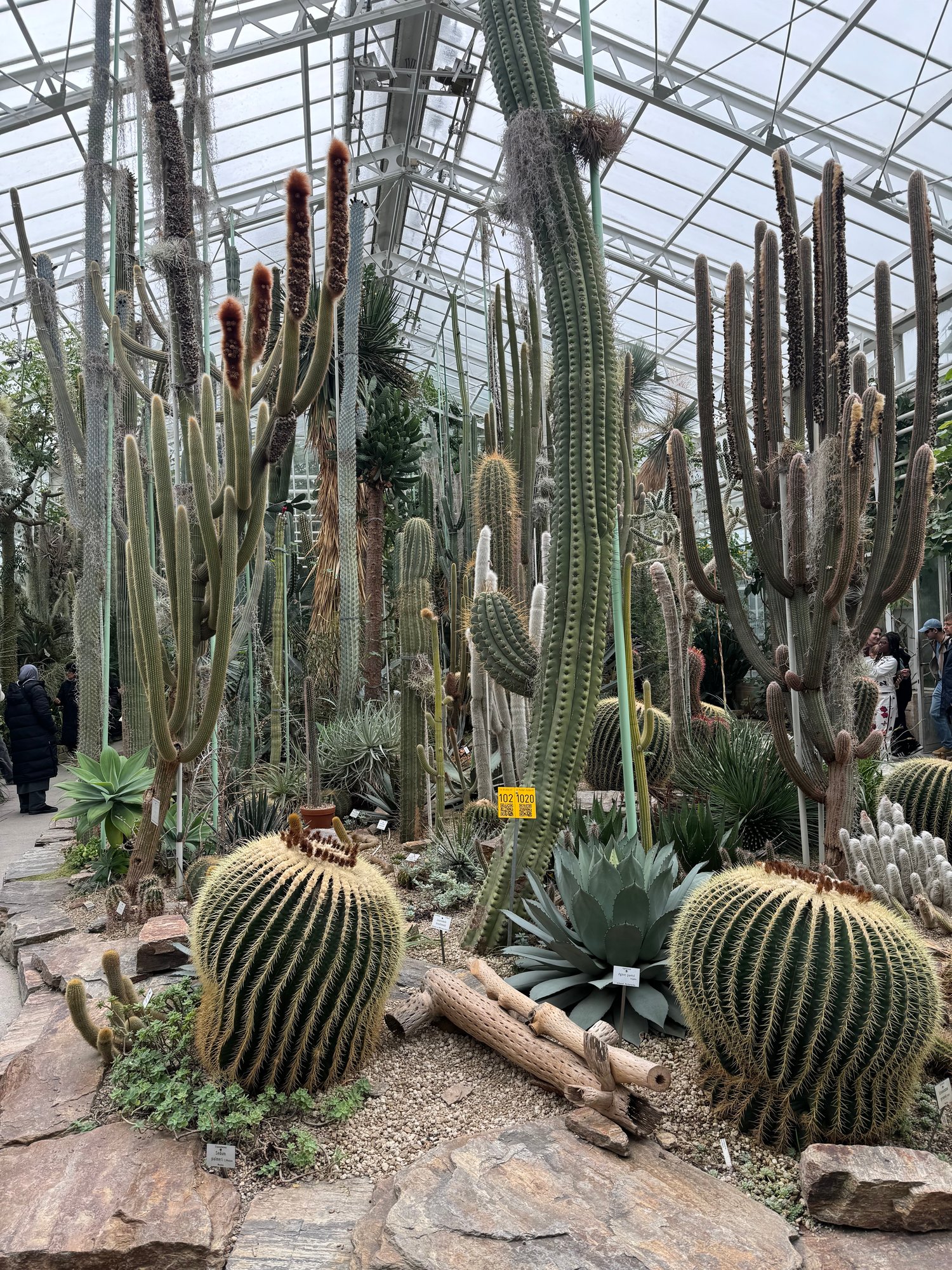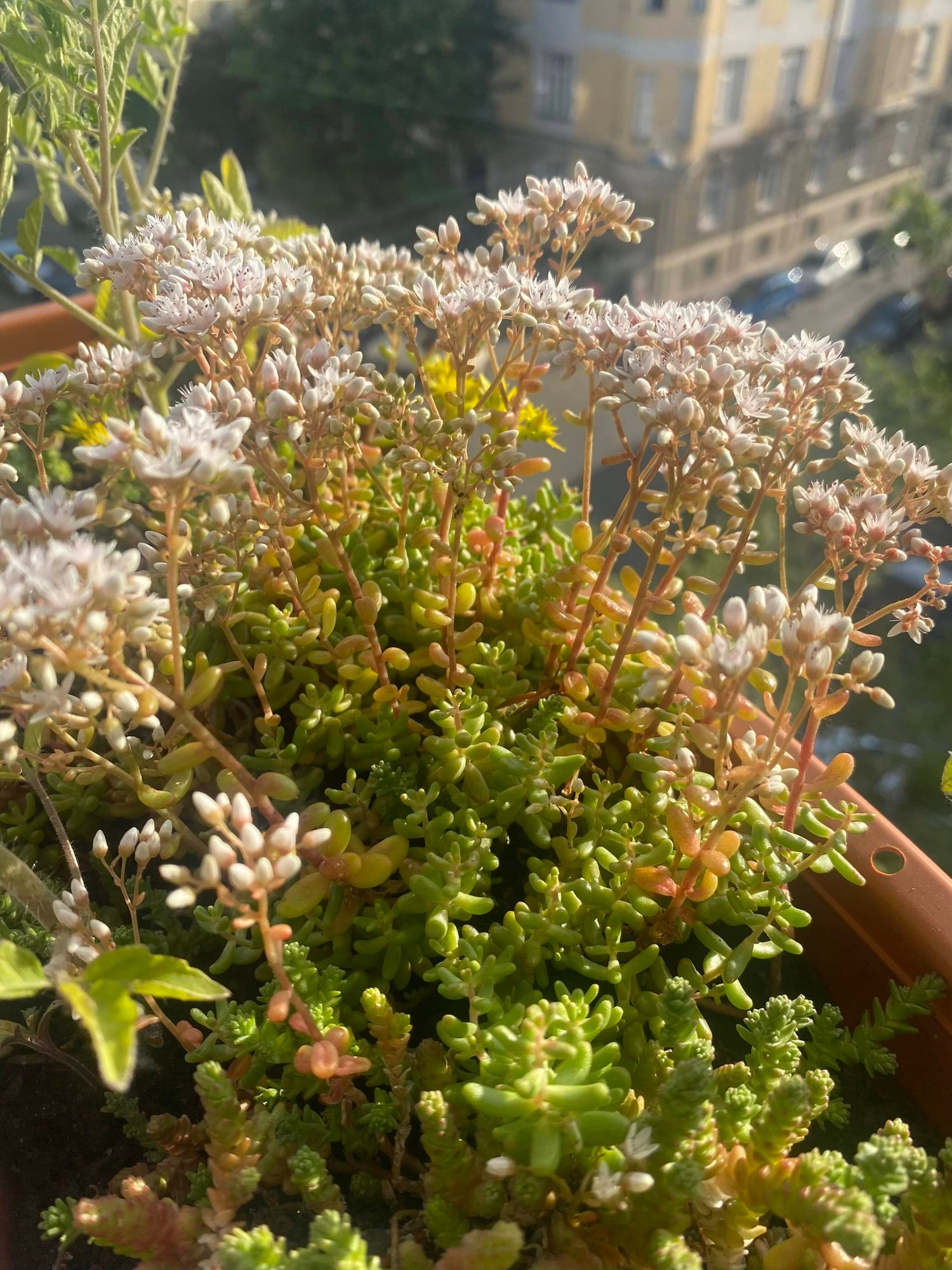Succulents: The Ideal Easy-Care Plant!
Succulents are fascinating plants known for their thick, fleshy leaves that store water, making them incredibly resilient and easy to care for. These unique plants are found in a variety of environments, from arid deserts to tropical regions, showcasing their adaptability. With their diverse shapes, sizes, and colors, succulents have become popular among plant enthusiasts and beginners alike. They not only add a touch of natural beauty to any space but also require minimal maintenance, making them perfect for busy lifestyles. Whether you're looking to brighten up your home or office, succulents offer a charming and low-effort way to bring nature indoors.
Sukks & Such's Top 3 Tips

Never water on a strict schedule!
Wait for the succulent to show signs of thirst. This would be soft, squishy, wrinkly leaves (the plants on the right are starting to show these signs). The more sun, the more frequently they will need water.
Give plenty of sun
Succulents love sun! Do not keep them in dark places. In Germany, the south & south-west facing windows & balconies get the most sun, with the strongest sun coming from the west in the afternoon.
Remove dying & dead leaves
Pests often use dead leaves for food and shelter, so removing them is a good care & maintenance practice.

Tips & Tricks
How much sun do succulents need?
Succulents thrive in bright, direct & indirect sunlight, making them perfect for sunny balconies, windowsills or well-lit rooms. Ideally, they should receive about six hours of sunlight each day to maintain their vibrant colors and healthy growth. However, it's important to gradually introduce them to direct sunlight to prevent sunburn, especially when the first strong spring/summer sun comes.
In Germany, the winter months may not provide enough sunlight, so consider using grow lights to keep your succulents thriving.
When to water?
As said above, do not water on a strict schedule. Always wait for the plant(s) to show signs of thirst first. This would be soft, squishy, wrinkly leaves. The time in-between watering will change with the season, and how much sun they get. The more sun, the more frequently they will need water. In summer they could need water every 2 weeks, but in winter, it may only be once a month. Flowering or sprouting plants may change their watering needs as well.
How to water?
When you do water, I recommend bottom-watering. All of the pots I sell have a hole in the bottom which allows for bottom-watering. Simply fill a container/bucket with water so the pot is at least halfway in the water. Leave the pot in the water for at least 10 minutes. Then take the pot out of the water, place on a drip tray, and allow the excess water to drain from the bottom hole.
You can always stick a wooden skewer or toothpick into the soil to check if the soil is thoroughly wet. If no dirt is attached to the wood when you pull it out, it is dry.
How to deal with pests & mildew?
For pest or mildew infestations, rubbling alcohol is your best friend. I have used either plain 70% or slightly diluted 90% isopropyl alcohol on any issues I have had with far better results than any store bought solution. Not only does the alcohol not destroy the succulents' beautiful farina, it also runs off nicely without leaving water stains.
If you have an issue, the first action is always to quarantine the plant, and look at any nearby plants for signs of infestations and/or damage.
Next, using a small spray bottle, spray any plants with the alcohol. Focus on the infected areas. Remove any pests by carefully picking them off with tweezers, or very gently scrape them away.
For heavy mildew infections, I have even used a paintbrush dipped in the alcohol, gently brushing the infected area to ensure all mildew is thoroughly removed.
Why is my succulent growing such a long stem?
Like most plants, succulents naturally grow towards the light. Since succulents are quite resilient plants, they don't go out without a fight! Unfortunately, they fight by growing a long, stretched out stem with plenty of space in-between the leafs, which many people find unappealing. This is called - etiolation.
While certain plants do naturally grow this way, an etiolation is a clear sign your plant needs more light. This is very common when they are grown inside, during winter, or if they are simply not receiving enough sunlight.
If your plant has etiolated, it will unfortunately never grow more leaves along the stem. However, the plant may start to grow new offshoots from the bare stem, and if you are an experienced propagator, you can always 'head chop' the main head to reduce the stem. But remember, if you don't change the lighting conditions that caused the plant to etiolate, the problem will simply come back again.



